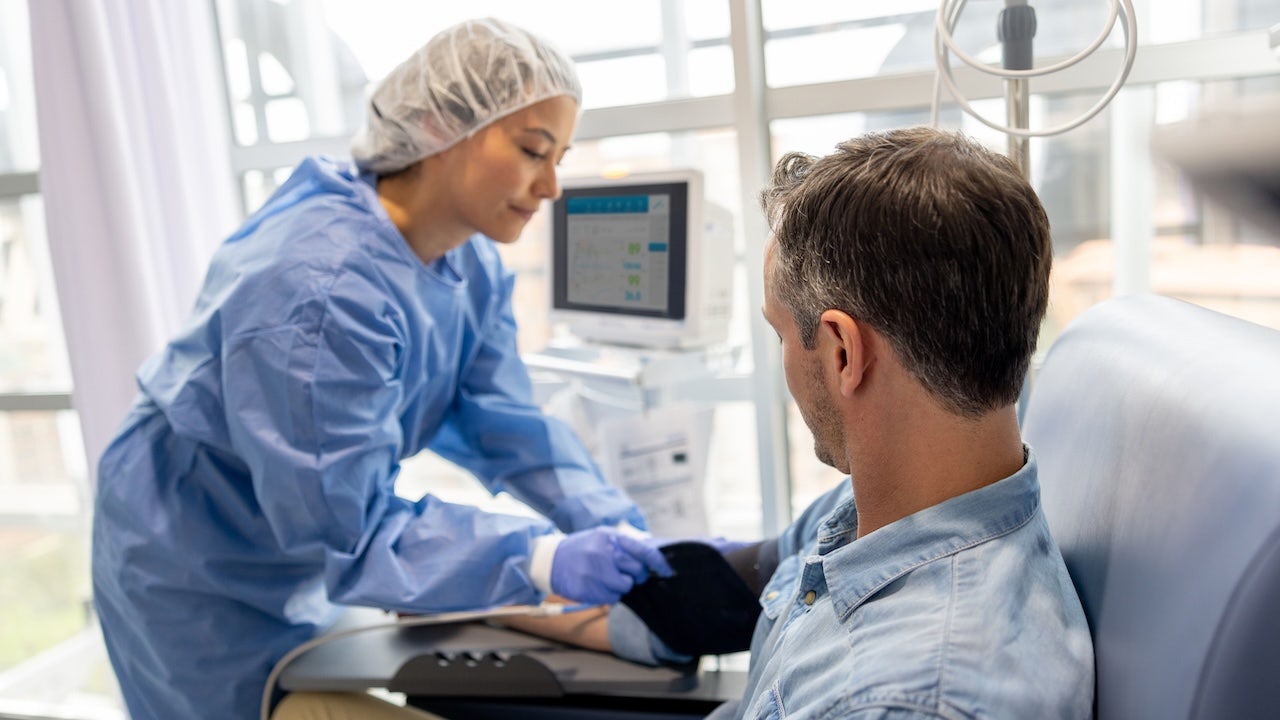Pioneering brain surgery gives B.C. woman her voice back
Twenty years ago, Susan O’Sullivan was living a busy life, working full-time with the Ministry of Forests and volunteering as a singer at her local art center. However, her life took an unexpected turn when her voice began to crack. At first, she attributed it to stress, but as the cracking persisted and worsened, she sought medical help.
After being referred to Dr. Murray Morrison, Susan was diagnosed with spasmodic dysphonia, a disorder that causes the vocal cords to spasm, making it difficult for affected individuals to speak. Traditional treatment for this condition involved regular botox injections into the vocal cords, but these injections needed to be repeated every three months and could become less effective over time.
In 2018, Dr. Morrison and Dr. Christopher Honey piloted a pioneering study in deep brain stimulation (DBS) for patients with spasmodic dysphonia. Susan, who was experiencing severe symptoms, decided to participate in the trial. The surgery involved implanting an electrode into her brain, connected to a pacemaker that provided stimulation to alleviate the spasms in her vocal cords.
The results of the trial were groundbreaking, with all patients showing significant improvement in their voices. Dr. Honey, who has extensive experience in DBS for various conditions, highlighted the success of the treatment and its potential to revolutionize the management of spasmodic dysphonia.
The use of deep brain stimulation for voice disorders was initially discovered serendipitously during its application for tremor patients. Two patients with both tremors and spasmodic dysphonia reported improvements in their voices after receiving DBS treatment. This unexpected finding led to further research and the development of the trial that Susan participated in.
Apart from voice disorders, Dr. Honey and his team are also exploring the use of DBS for difficult-to-treat pain conditions. The potential of this treatment to alleviate pain from nerve damage and neuropathic conditions is a promising area of research that could benefit many patients in the future.
Since undergoing deep brain stimulation surgery, Susan has experienced a significant improvement in her voice. She has been able to travel and engage in conversations with others, which has enhanced her quality of life. Despite initial nerves, Susan is grateful for the opportunity to share her story and hopes to inspire others who may be struggling with similar challenges.
The integration of deep brain stimulation into the treatment of spasmodic dysphonia represents a significant advancement in medical science. With ongoing research and clinical trials, this innovative approach has the potential to transform the lives of patients with voice disorders and other neurological conditions.




